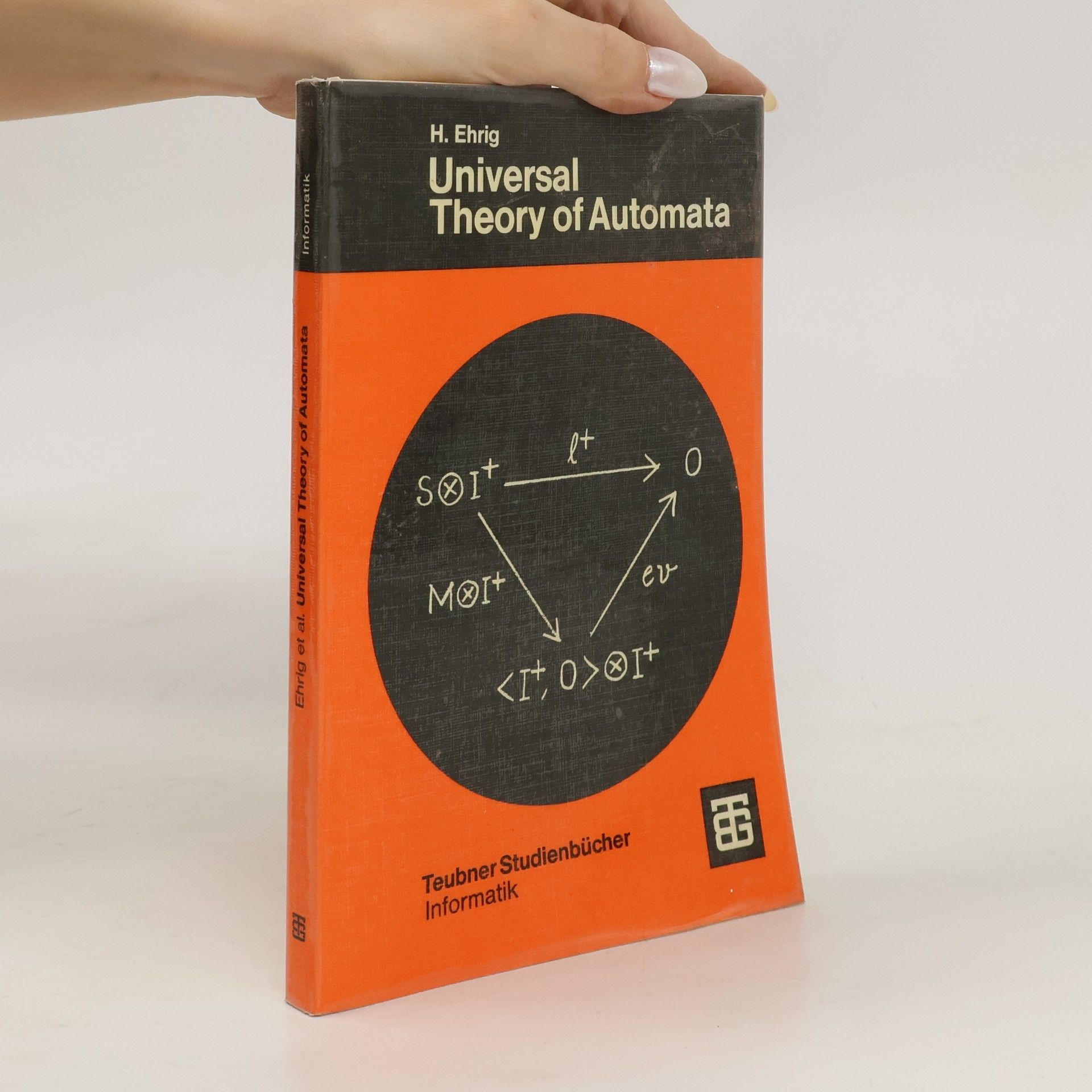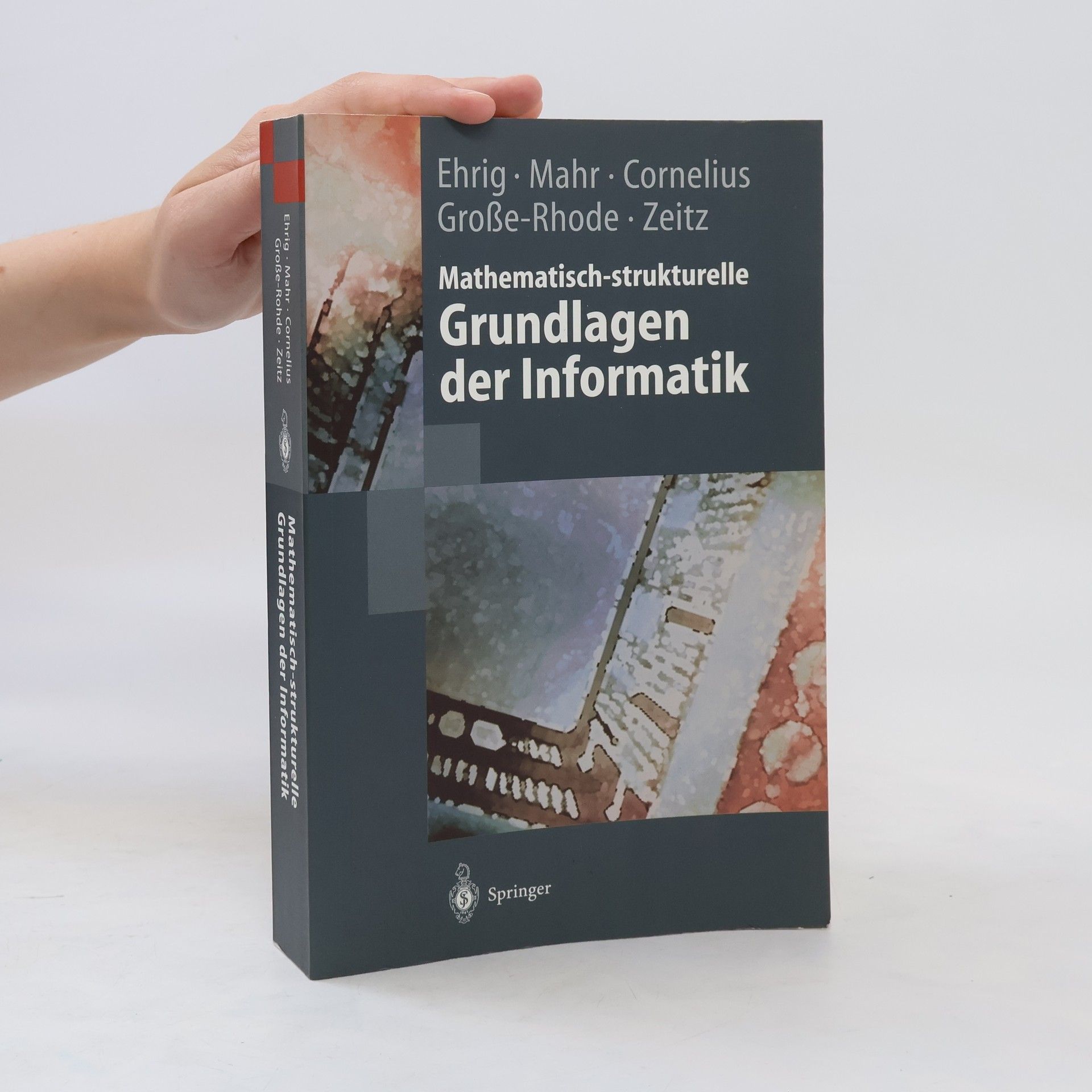In fünf sorgfältig aufeinander abgestimmten Teilen behandelt das Buch die wesentlichen mathematischen Elemente der formalen Spezifikation von Systemen und der Aussagen- und Prädikatenlogik, die für das Verständnis des formalisierten Problemlösens entscheidend und damit für Informatiker unerläßlich sind. Eine Einführung in die intuitive Mengentheorie vermittelt zunächst notwendige mathematische Grundlagen. Motiviert durch das Konzept von Datenstrukturen und abstrakten Datentypen werden dann algebraische Strukturen in der Informatik behandelt. Danach werden Aussagen- und Prädikatenlogik aus der Sicht der Mathematik und Informatik dargestellt. Schließlich führt die Kategorientheorie für Informatiker in die Welt der abstrakten Behandlung mathematischer Strukturen ein.Die Neuauflage wurde erweitert um Darstellungen zur Modellalgebra und zur Implementierung. Übungsaufgaben wurden ergänzt.
Hartmut Ehrig Bücher



The book covers a comprehensive exploration of automata through various frameworks and theories. It begins with a unified representation of different types of automata, including deterministic, nondeterministic, stochastic, and topological, alongside their relation to monoidal categories. Key problems in automata theory are addressed, focusing on behavior, reduction, minimization, and realization of deterministic and nondeterministic automata, as well as transition monoids and structure theory. The text delves into general concepts of reduction and minimization, presenting systematic approaches and relevant theorems. It further examines the behavior of automata in closed categories, emphasizing deterministic cases, and discusses the implications of machine morphisms and behavior characterization. In pseudoclosed categories, the book explores nondeterministic automata, detailing their behavior and reduction processes. It also introduces power automata and initial automata, highlighting their construction, realization, and minimization techniques. The concept of scoop minimization is presented, along with a thorough structure theory of automata, which includes constructions of various automata types and characterizations of morphisms. An appendix provides foundational notions of category theory, encompassing essential concepts such as categories, diagrams, functors, and transformations. The book is a vital resource for und
Frontmatter -- Vorwort -- Inhaltsverzeichnis -- Einleitung -- 1. Kategorien -- 2. Automaten -- 3. Limites in Kategorien -- 4. Universelle Konstruktionen von Automaten -- 5. Funktoren, Limites und adjungierte Funktoren -- 6. Schaltoperationen und Zerlegungen -- Bezeichnungen -- Literatur -- Sachregister -- Backmatter